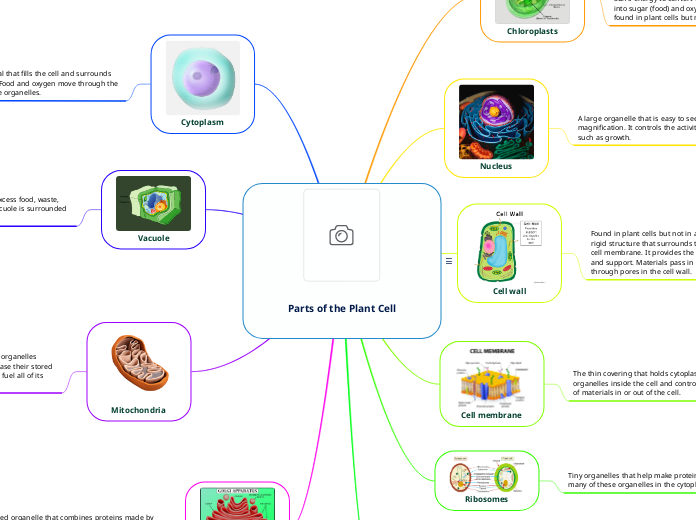a Alex Sian 2 éve
305
Parts of the Plant Cell
Plant cells contain various specialized organelles that perform distinct functions necessary for the cell's survival. Chloroplasts are crucial for photosynthesis, converting sunlight into food and oxygen using chlorophyll.









